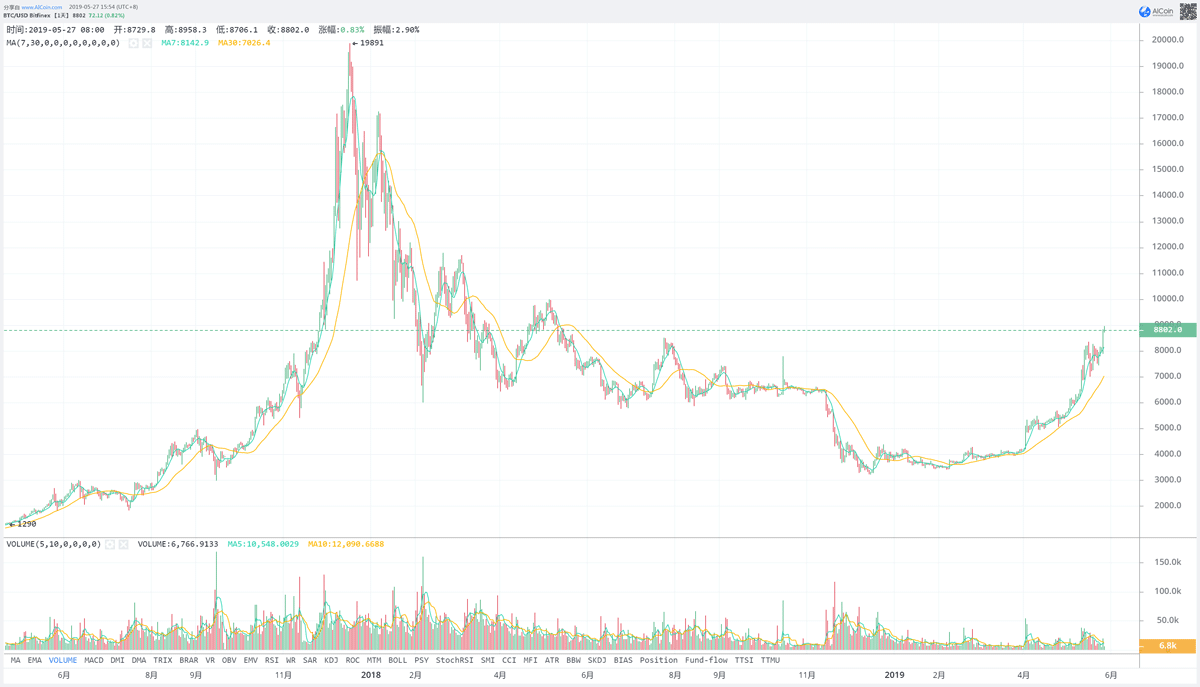As a well-known saying goes: If you want the world to know you’re ignorant about bitcoin, the best way is to use the “tulip bubble” as a metaphor, and the second is to claim bitcoin as a “Ponzi scheme.”
Today, we’d like to talk about why bitcoin is not a “Ponzi scheme”.
What’s “Ponzi Scheme”?
“Ponzi scheme”, as the name suggests, is a scheme invented by a person named “Ponzi”, whose full name was Charles Ponzi, born in Italy and immigrated to the United States in 1903.

Charles Ponzi. Image credit: wikipedia.org
In 1919, he designed an “investment plan”, claiming it can achieve a return of up to 40% within 90 days. Moreover, he also showed evidence of “seeing is believing”: the first group of “investors” on this “investment plan” did get the promised return within the specified time.
As a result, a large number of Americans began to follow up.
In August 1920, Charles Ponzi went bankrupt due to the very simple reason. This “investment plan” was a scam from the very beginning because there was no investment at all. He only used the money invested by the new participants to pay the previous participants to create the illusion of “high return on investment”. Since the promised rate of return was so high that the new capitals could not cover the returns of the previous participants.
Since then, the “Ponzi scheme” has become a term to describe those who promise high returns with the newly invested money to pay the interest and short-term returns to early participants to create the illusion of making money and attract more people to participate in the scam.

Therefore, we can sum up the three features of the “Ponzi scheme”:
- One central figure or organization responsible for operation;
- Promise high returns;
- Pays interest and short-term returns to early participants with the newly invested money.
Why is Bitcoin not a “Ponzi scheme”?
Now, let’s have a look at the three features to prove bitcoin is not a “Ponzi scheme”.
Ⅰ. Firstly, there should be one central figure or organization responsible for operation.
We all know that in 2008, Satoshi Nakamoto created bitcoin and retired two years later. Since then, bitcoin has been maintained by a group of top programmers all over the world, who are called the “Bitcoin Core Developer.”

Therefore, it seems that bitcoin has a “central institution”, but it’s not the case. The main work of core developers is to maintain bitcoin codes and how to improve the bitcoin system, rather than lobbying ordinary people to buy and invest on bitcoin.
Ⅱ. Second, “promise of high returns”.
In the bitcoin white paper released by Satoshi Nakamoto in 2008, there are no description of “promise of high returns”. Satoshi Nakamoto did not publicly declare that investment on bitcoin could bring any high returns.
Bitcoin itself is open-sourced, so anyone can check and contribute to the bitcoin code. All bitcoin transaction records are stored in the bitcoin network which can be viewed by anyone in the world.
If the “promise of high returns” really existed, no programmer would exchange 10,000 bitcoins for two pizzas worth US$25 in 2010 (the 10,000 bitcoins are now equivalent to 440 million yuan and even 1.4 billion yuan at the peak value).

Happy Bitcoin Pizza Day. Image credit: reddit.com
Ⅲ. Finally, “to pay interest and short-term returns to early participants with the newly invested money”.
Since bitcoin does not have a “central institution” and “promise of high returns,” there is no way to “pay interest and short-term returns to early participants with the newly invested money.
Some people may have such a question. Yesterday, they bought it at the price of 44,000. Today, they sold it at the price of 45,000. The newly invested money (the 45,000 yuan paid today) was used to pay interest and short-term return to the early participants (those bought at 44,000 yuan yesterday and sold at 45,000 yuan today).

Anything wrong?
As we all know, buying and selling bitcoin is the freedom of all individuals without any compulsory behaviors or incentives for new participants. So, we should not say it “pays interest and short-term returns to early participants with the newly invested money.”
Moreover, the price of bitcoin is not always rising. It’s fluctuating violently and nobody can guarantee it can be sold to the next investor at a higher price. In the circle, the number of bitcoin speculators who suffer from great loss has far exceeded the number of investors who are profitable with financial freedom.
Summary
According to the above analysis, if someone tells you that “bitcoin is a ‘Ponzi scheme'” in the future, you must have known how to respond.
That’s right, just ask him directly: Does bitcoin have a central figure or organization responsible for operation? Does it promise high returns? Does it use the newly invested money to pay interest and short-term returns to the early participants?

